PPT-Meeting standards with non-standard readers
Author : tatyana-admore | Published Date : 2017-12-14
Edward C Taylor PhD LAFSKRF22 Demonstrate understanding of spoken words syllables and sounds Recognize and produce rhyming words Count pronounce blend and segment
Presentation Embed Code
Download Presentation
Download Presentation The PPT/PDF document "Meeting standards with non-standard read..." is the property of its rightful owner. Permission is granted to download and print the materials on this website for personal, non-commercial use only, and to display it on your personal computer provided you do not modify the materials and that you retain all copyright notices contained in the materials. By downloading content from our website, you accept the terms of this agreement.
Meeting standards with non-standard readers: Transcript
Download Rules Of Document
"Meeting standards with non-standard readers"The content belongs to its owner. You may download and print it for personal use, without modification, and keep all copyright notices. By downloading, you agree to these terms.
Related Documents

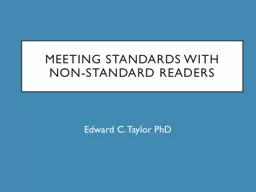
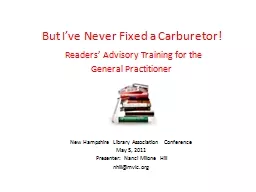


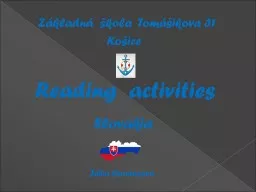
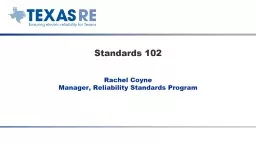

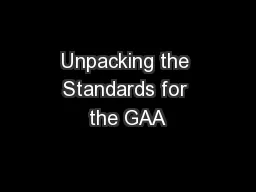
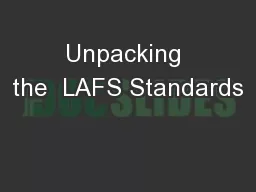

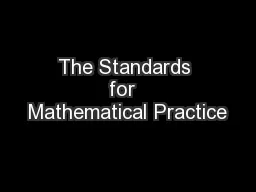

![[EPUB] - Penguin Readers Level 3: Wonder (Penguin Readers (graded readers))](https://thumbs.docslides.com/905129/epub-penguin-readers-level-3-wonder-penguin-readers-graded-readers-61be772099f28.jpg)
![[EBOOK] Penguin Readers Level 3: Wonder Penguin Readers graded readers](https://thumbs.docslides.com/1006164/ebook-penguin-readers-level-3-wonder-penguin-readers-graded-readers.jpg)